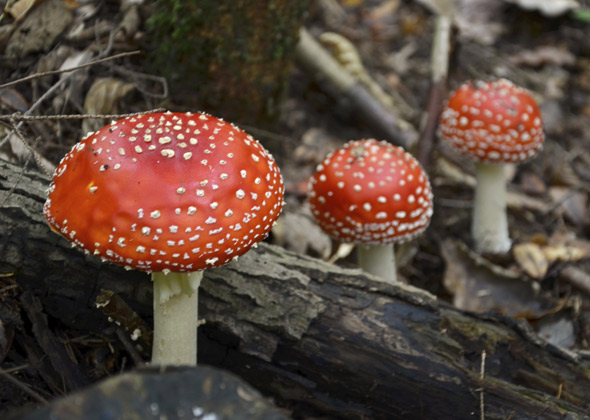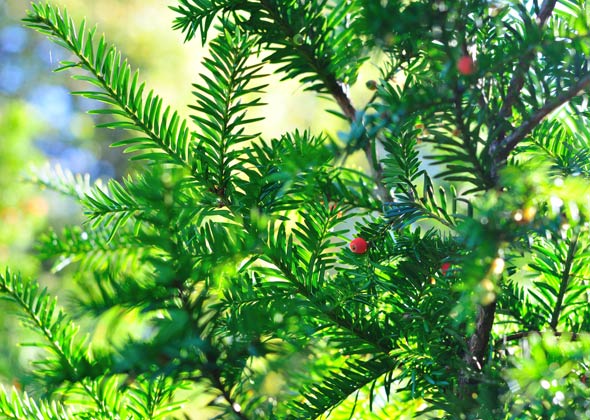7 Fall Plant and Garden Dangers for Pets
Published on October 19, 2015
Skip To
Spring isn’t the only time pet owners need to worry about hazards in the garden and
toxic plants — fall can be just as dangerous. As a veterinary toxicologist for
the ASPCA Animal Poison Control Center, I know we’ll be receiving calls this
season about pets ingesting poisonous plants, seeds and fungi — many of which can be found in
your own backyard.
The toxic edibles in your garden, yard or home can cause anything from stomach upset to sudden death, so it’s important to know which plants are dangerous for pets. If you suspect your dog or cat has consumed one of these poisonous items, contact your veterinarian immediately.
More on Vetstreet:
The toxic edibles in your garden, yard or home can cause anything from stomach upset to sudden death, so it’s important to know which plants are dangerous for pets. If you suspect your dog or cat has consumed one of these poisonous items, contact your veterinarian immediately.
More on Vetstreet:












